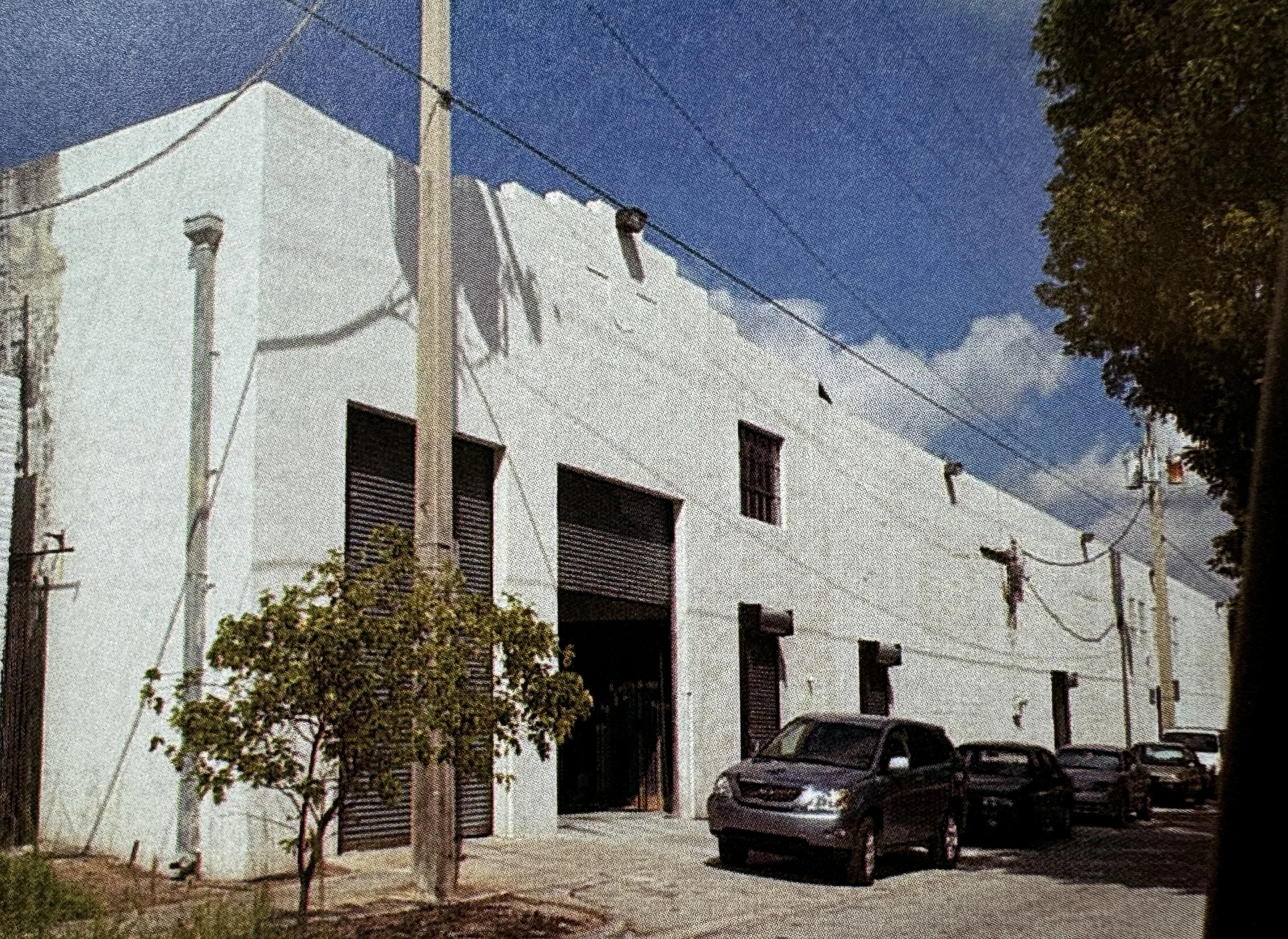The future of architecture may not lie in building from the ground up. It may lie in uncovering what’s already here—carefully, thoughtfully, and with reverence for what came before.
As the climate crisis accelerates, architecture and development must evolve. The solution? Regenerative strategies that prioritize sustainability without compromising design. Among the most accessible and impactful: adaptive reuse.
The Circular Economy in the Built Environment
The construction sector accounts for nearly 40% of global resource use and more than 30% of CO₂ emissions, according to the Ellen MacArthur Foundation. Yet research shows that reusing existing buildings can cut construction-related emissions by 50–75%.
This is the power of the circular economy in action.
In a circular system, materials are not treated as disposable—they’re assets. We move from a model of extract–use–discard to one that extends the life and value of what already exists. In architecture, this means preserving embodied carbon, minimizing waste, and designing with intention.
Adaptive reuse embodies this principle. It reduces demolition, salvages materials, and—paradoxically—sparks innovation. The constraints of working with existing structures do not limit creativity—they challenge it.
How can we build with what we already have?
How can we honor the past without being bound by it?
Ironside: Circularity in Action
At Miami Ironside, circularity isn’t an abstract concept—it’s visible. It’s tactile.
You can feel it in the patina of preserved concrete, the rhythm of the walkable pathways, the energy of layered history. This creative district wasn’t built from scratch. It evolved—over two decades.
It began in 2008 as a warehouse for COVERINGS ETC, a sustainable materials company founded by the same visionary behind Ironside. Its original function was utilitarian, industrial, forgotten. But its transformation began with a simple belief:
Its beauty wasn’t in what it was, but in what it could become.
Rather than erase the past, Ironside built upon it. Through adaptive reuse, it became a walkable, design-forward community—where architecture, wellness, and culture intersect.
And the philosophy didn’t stop at the walls. Through COVERINGS ETC’s innovations in regenerative surfaces, eco-conscious design extended to every layer of the space. Here, materials aren’t disposable—they’re narrative.
This is architecture with memory and a future-facing mission.
Longevity as a Design Philosophy
At Ironside, longevity is more than a lifestyle trend. It’s a design philosophy. It asks us to shape spaces that last—not only physically, but culturally and environmentally.
We believe longevity connects wellness, community, and the built environment. It inspires us to rethink the way we live, gather, and create.
Because building the future doesn’t always mean starting over.
Sometimes, it means pausing. Seeing potential in what surrounds us. And choosing to build with reverence, resilience, and purpose.
#AdaptiveReuse #CircularArchitecture #LongevityDistrict #MiamiIronside #SustainableDesign #ArchitectureWithMemory
Miami Ironside, 2007
Miami Ironside, 2009



